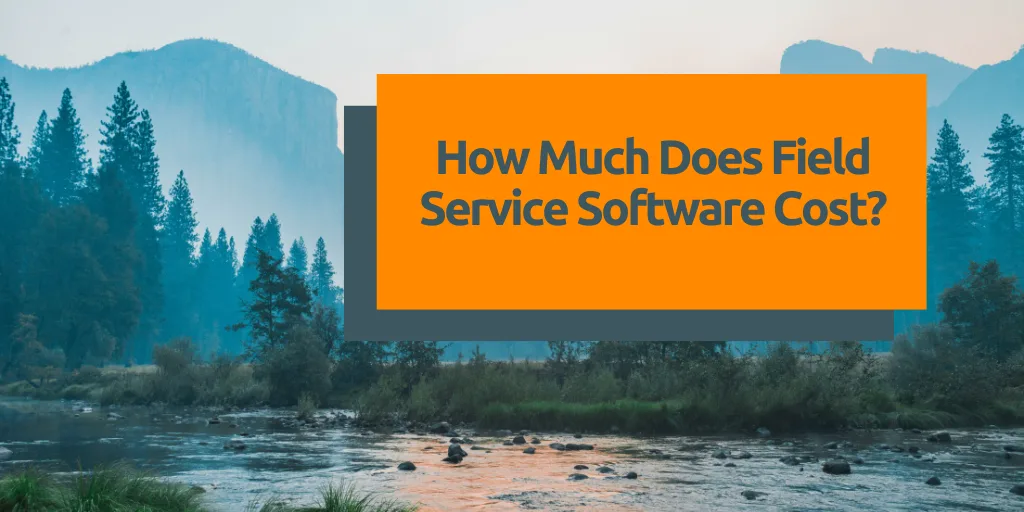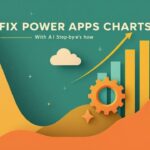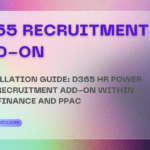Now Reading: Dynamics 365 Glossary – Core Terms
-
01
Dynamics 365 Glossary – Core Terms
Dynamics 365 Glossary – Core Terms

Core data concepts
What is a Table in Dynamics 365?
A Table is a data structure in Dataverse that stores records. It was previously called an Entity. Tables contain columns and rows, similar to a database table.
What is a Record in Dynamics 365?
A Record is a single row of data in a table. Each record represents an individual item, such as a customer, case, or opportunity.
What is a Column in Dynamics 365?
A Column is a data field within a table. It stores a specific type of information, like a name, date, or number. Columns were previously called Attributes.
What is a Field in Dynamics 365?
A Field is the user-facing representation of a column on a form. It’s where users enter or view data for a record.
What is an Attribute in Dynamics 365?
An Attribute is the technical term for a column in older versions of Dynamics. Today, the term Column is used instead.
What is a Primary Name Column in Dynamics 365?
A Primary Name Column is the main text column used to identify a record. For example, the Account Name column in the Account table.
What is a Primary Key in Dynamics 365?
A Primary Key is a unique identifier for each record in a table. It ensures that every record can be referenced without duplication.
What is a Relationship in Dynamics 365?
A Relationship links two tables together. Common types include one-to-many (1:N), many-to-one (N:1), and many-to-many (N:N). An example is a relationship between a Contact and an Account
What is a Lookup in Dynamics 365?
A Lookup is a field that allows users to select a record from another table. It creates a relationship between two records.
What is a Choice in Dynamics 365?
A Choice is a column type that lets users select from a predefined list of options. It was previously called an Option Set.
What is a Multi-select Choice in Dynamics 365?
A Multi-select Choice is a column type that allows users to select multiple options from a predefined list.
What is a Two Options field in Dynamics 365?
A Two Options field is a column type that stores a simple Yes/No or True/False value.
What is a Calculated Column in Dynamics 365?
A Calculated Column is a column that automatically computes its value based on a formula using other columns.
What is a Rollup Column in Dynamics 365?
A Rollup Column aggregates data from related records, such as summing revenue from all opportunities linked to an account.
What is a Virtual Table in Dynamics 365?
A Virtual Table displays data from an external system in Dataverse without storing it locally.
User Interface
What is a Form in Dynamics 365?
A Form is the layout that displays fields and data for a record. It’s what users interact with when viewing or editing records.
What is a Main Form in Dynamics 365?
A Main Form is the primary form used for viewing and editing records in the web or mobile app.
What is a Quick Create Form in Dynamics 365?
A Quick Create Form is a simplified form that allows users to create records quickly without leaving the current screen.
What is a Quick View Form in Dynamics 365?
A Quick View Form displays data from a related record within another form, without navigating away.
What is a Card Form in Dynamics 365?
A Card Form is a compact form used in dashboards and views to show key details about a record.
What is a View in Dynamics 365?
A View is a saved query that displays records from a table based on filters and sorting. Views control which columns appear.
What is a System View in Dynamics 365?
A System View is a predefined view available to all users. It’s created and managed by administrators or customisers.
What is a Personal View in Dynamics 365?
A Personal View is a view created by an individual user for their own use. It can be shared with others.
What is a Quick Find View in Dynamics 365?
A Quick Find View defines which columns are searched when using the global search feature.
What is a Lookup View in Dynamics 365?
A Lookup View defines which columns appear when selecting a record in a lookup field.
What is a Grid in Dynamics 365?
A Grid is the table-like display of records in a view. It shows multiple records and columns in rows and columns.
What is a Subgrid in Dynamics 365?
A Subgrid is a grid embedded within a form that displays related records.
What is an Editable Grid in Dynamics 365?
An Editable Grid allows users to update records directly in the grid without opening each record.
What is a Chart in Dynamics 365?
A Chart is a visual representation of data from a view, such as a bar chart or pie chart.
What is a Dashboard in Dynamics 365?
A Dashboard is a page that displays multiple charts, views, and other components for quick insights.
What is a Timeline in Dynamics 365?
A Timeline shows activities, notes, and posts related to a record in chronological order.
What is a Note in Dynamics 365?
A Note is a text entry attached to a record for additional information. Notes can include file attachments.
What is an Attachment in Dynamics 365?
An Attachment is a file linked to a record, often added through notes or emails.
What is a Business Process Flow in Dynamics 365?
A Business Process Flow is a guided path that helps users complete a process by moving through defined stages and steps.
What is a Stage in Dynamics 365?
A Stage is a step in a Business Process Flow that groups related actions or fields.
What is a Step in Dynamics 365?
A Step is an individual action or field within a stage of a Business Process Flow.
What is a Command Bar in Dynamics 365?
A Command Bar is the toolbar at the top of forms and views that provides actions like Save, Delete, or custom commands.
What is a Ribbon in Dynamics 365?
A Ribbon is the older term for the command bar in classic Dynamics interfaces.
What is a Sitemap in Dynamics 365?
A Sitemap defines the navigation structure of a model-driven app, including areas, groups, and subareas.
What is Dataverse Search in Dynamics 365?
Dataverse Search is the modern search experience that replaces Relevance Search, offering faster and more accurate results.
What is Duplicate Detection in Dynamics 365?
Duplicate Detection identifies potential duplicate records based on matching rules.
What is Merge in Dynamics 365?
Merge combines two duplicate records into one, preserving related data.
What is Auditing in Dynamics 365?
Auditing tracks changes to data, including who made the change and when.
What is Change Tracking in Dynamics 365?
Change Tracking records changes to data for integration and synchronisation purposes.
What is a TDS Endpoint in Dynamics 365?
A TDS Endpoint provides a read-only SQL connection to Dataverse for reporting and analytics.
What is Global Search in Dynamics 365?
Global Search allows users to search across multiple tables from a single search box.
What is Advanced Find in Dynamics 365?
Advanced Find is a tool that lets users build complex queries to find records based on specific criteria.
The post Dynamics 365 Glossary – Core Terms appeared first on All My Systems.
Check Pete Murray’s original post https://www.allmysystems.co.uk/dynamics-365-glossary-core-terms/ on www.allmysystems.co.uk which was published 2025-11-04 16:22:00















